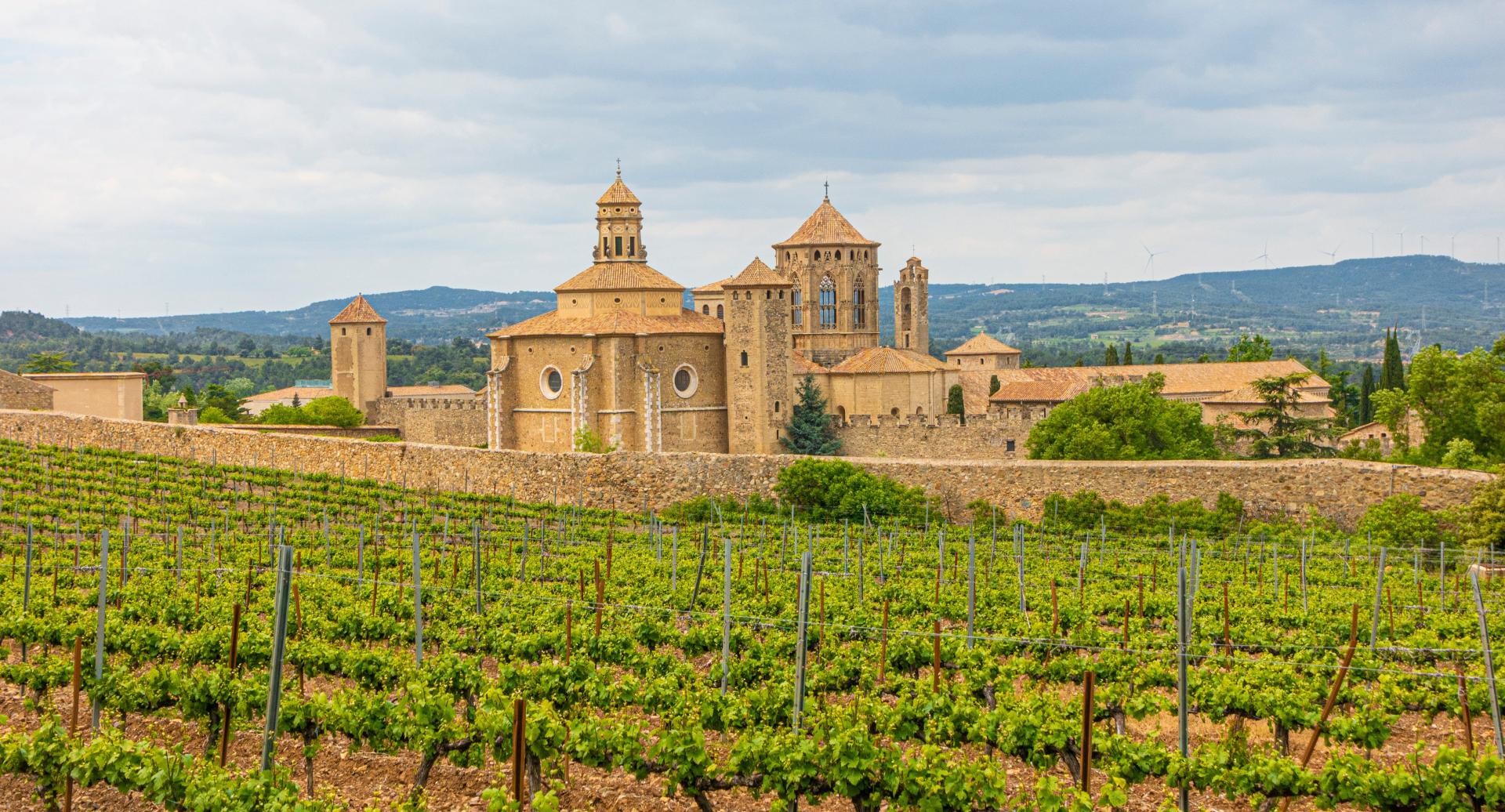

The Hotel Class Valls invites you to discover the places related to the Cistercian route. Take advantage of your stay at the Hotel to get to know one of the richest historical and cultural legacies of the Tarragona regions and of all of Catalonia.
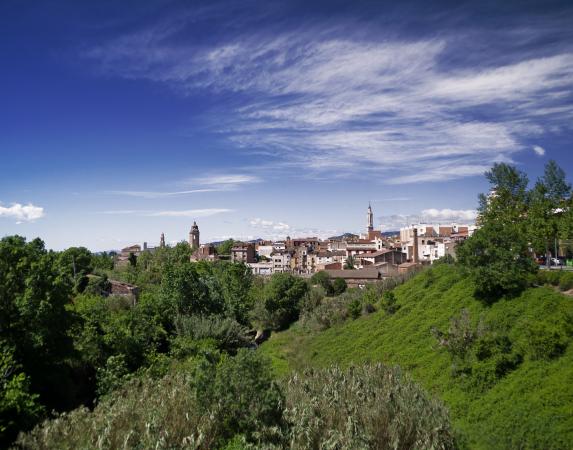
The Cistercian Route links the three most iconic monasteries (the Holy Cross, Santa Maria de Poblet and Vallbona of them monks), located in the Alt Camp, Conca de Barbera and Urgell, respectively. Poblet Monastery was declared a heritage site in 1991 and is the largest inhabited Cistercian monastery in Europe. Vallbona Monk is known for its uninterrupted female monastic activity over 800 years. The special features of these monasteries ensure that exploration is a fascinating discovery of the past.
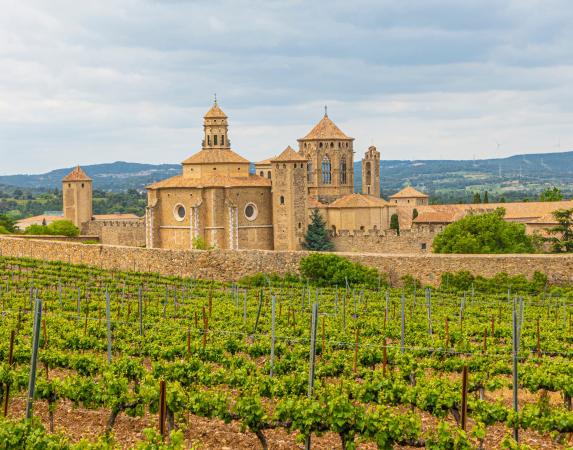
Poblet is the largest monastery of the Cistercian route and the only one of the two male monasteries with an active community of monks. Poblet is an essential reference within the history of the Kingdom of Aragon. With the return of the monks to Poblet in 1940, an ambitious restoration and conservation process was started, which has restored to the monastery the majesty it deserves. They make up the old cloisters. The monastery of Poblet is the largest inhabited Cistercian monastery in Europe. It was declared a World Heritage by the UNESCO in 1991.
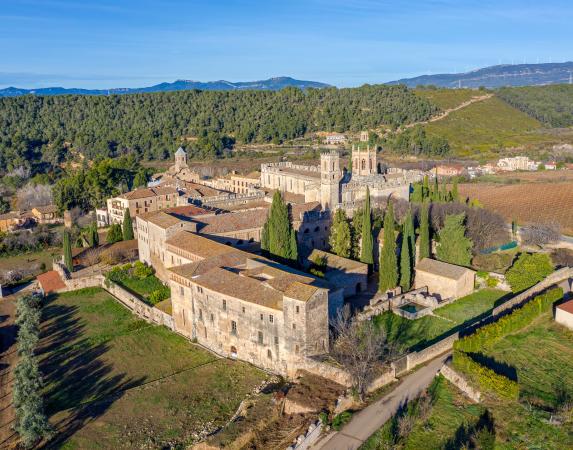
Of the three Cistercian monasteries, Santes Creus is the one which most faithfully reproduces the Bernadi construction plan. Founded in 1150 and established in Santes Creus after 1160, it went through several glorious stages until the final secularization of the monks in 1835. It is now the only monastery of the Cistercian Route with no monastic life, which allows visitors to make themselves at home in all the nooks and crannies of this splendid monastery which retains the most vivid memory of its history in every stone.
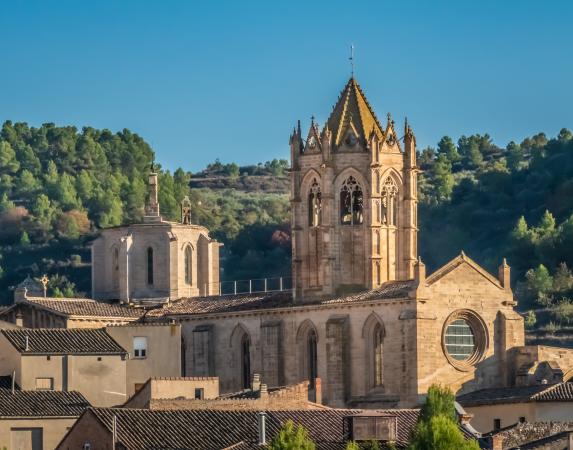
The Convent of Santa María de Vallbona is Catalonia’s most important Cistercian convent. It has its origins in some mixed groups of hermits who later became Cenobites, organized in the form of a double community under the leadership of its founder, Ramón de Vallbona, and who observe the Rule of St. Benedict. The oldest record dates from 1153. In 1175, the men moved to Montsant and the community, now exclusively female, came to form part of the Cistercian reformation and came under the leadership of the Abbess, Oria Ramírez, who moved there from the Convent of Tulebras (Navarra). Since the 13th century, there has been a monastic school in Vallbona and there is evidence of the existence of a scriptorium, where certain monks engaged in copying and decorating the codices. Grammar, liturgy, calligraphy, miniature modelling and music were taught in its classrooms.